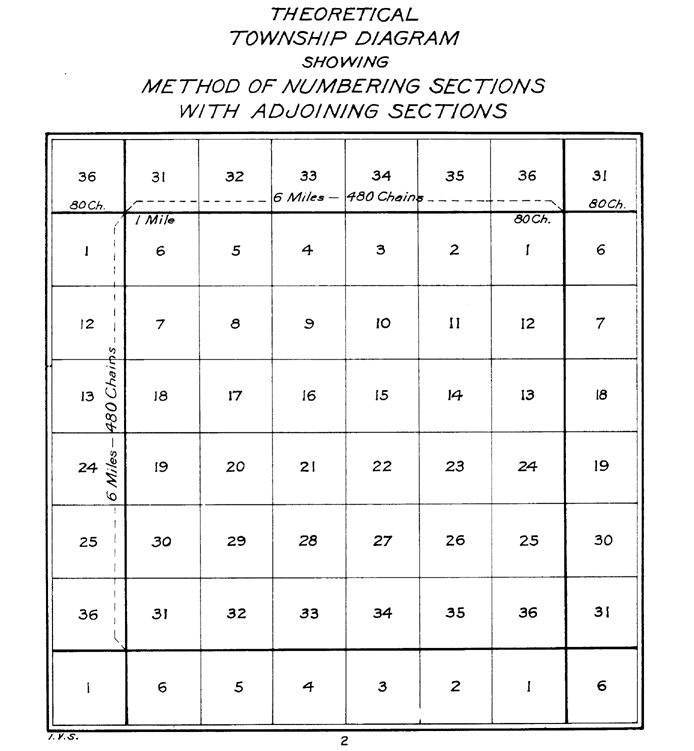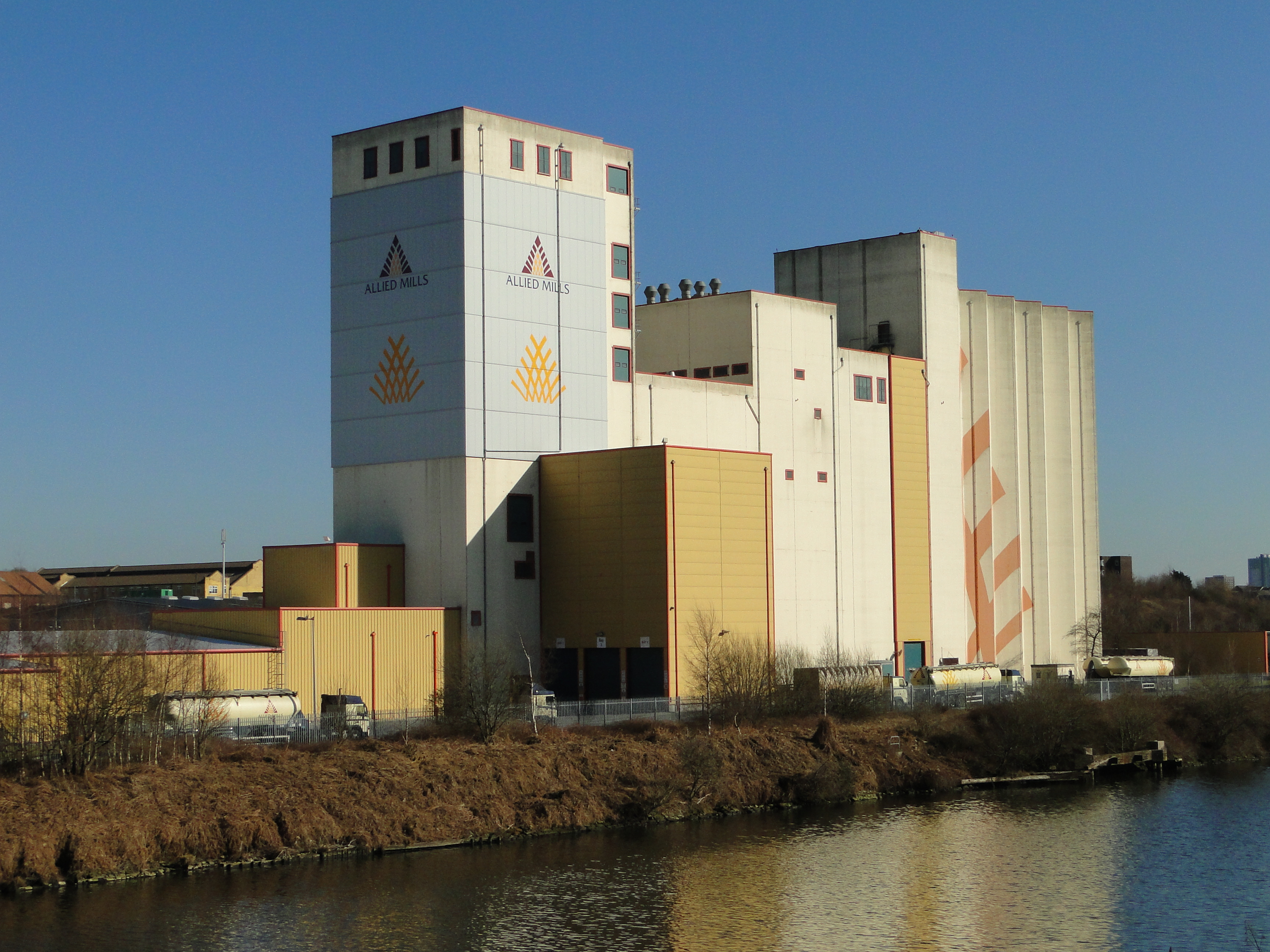|
Waltham Township, Mower County, Minnesota
Waltham Township is a township (United States), township in Mower County, Minnesota, Mower County, Minnesota, United States. The population was 416 at the 2000 census. The largest town in the township is Waltham, Minnesota, Waltham with a population of 196 people. All other area in the township is unincorporated area, unincorporated. History Nels Johnson, the earliest settler, came in the summer of 1855. The entire township was later sold to land speculators. John C. Mason bought more than a quarter of the township, primarily in the northeast corner. His agent, A.J. Burbank, came in 1864, built a three-story hotel, surveying, surveyed the land and sold most of it off into small parcels. The township was officially organized in 1866. The village of Waltham, Minnesota, Waltham was originally about a mile east of where it sits now. The Chicago Great Western Railway stretched across the prairie of Waltham Township and the people of the village decided to relocate. The current village ... [...More Info...] [...Related Items...] OR: [Wikipedia] [Google] [Baidu] |
Township (United States)
A township in some states of the United States is a small geographic area. The term is used in three ways. #A survey township is simply a geographic reference used to define property location for deeds and grants as surveyed and platted by the General Land Office (GLO). A survey township is nominally six by six miles square, or 23,040 acres. #A civil township is a unit of local government, generally a civil division of a county. Counties are the primary divisional entities in many states, thus the powers and organization of townships varies from state to state. Civil townships are generally given a name, sometimes written with the included abbreviation "Twp". #A charter township, found only in the state of Michigan, is similar to a civil township. Provided certain conditions are met, a charter township is mostly exempt from annexation to contiguous cities or villages, and carries additional rights and responsibilities of home rule. Survey townships Survey townships are genera ... [...More Info...] [...Related Items...] OR: [Wikipedia] [Google] [Baidu] |
Settler
A settler is a person who has migrated to an area and established a permanent residence there, often to colonize the area. A settler who migrates to an area previously uninhabited or sparsely inhabited may be described as a pioneer. Settlers are generally from a sedentary culture, as opposed to nomadic peoples who may move settlements seasonally, within traditional territories. Settlement sometimes relies on dispossession of already established populations within the contested area, and can be a very violent process. Sometimes settlers are backed by governments or large countries. Settlements can prevent native people from continuing their work. Historical usage One can witness how settlers very often occupied land previously residents to long-established peoples, designated as Indigenous (also called "natives", "Aborigines" or, in the Americas, "Indians"). The process by which Indigenous territories are settled by foreign peoples is usually called settler colonial ... [...More Info...] [...Related Items...] OR: [Wikipedia] [Google] [Baidu] |
Census
A census is the procedure of systematically acquiring, recording and calculating information about the members of a given population. This term is used mostly in connection with national population and housing censuses; other common censuses include censuses of agriculture, traditional culture, business, supplies, and traffic censuses. The United Nations (UN) defines the essential features of population and housing censuses as "individual enumeration, universality within a defined territory, simultaneity and defined periodicity", and recommends that population censuses be taken at least every ten years. UN recommendations also cover census topics to be collected, official definitions, classifications and other useful information to co-ordinate international practices. The UN's Food and Agriculture Organization (FAO), in turn, defines the census of agriculture as "a statistical operation for collecting, processing and disseminating data on the structure of agriculture, coverin ... [...More Info...] [...Related Items...] OR: [Wikipedia] [Google] [Baidu] |
Flour Mill
A gristmill (also: grist mill, corn mill, flour mill, feed mill or feedmill) grinds cereal grain into flour and middlings. The term can refer to either the grinding mechanism or the building that holds it. Grist is grain that has been separated from its chaff in preparation for grinding. History Early history The Greek geographer Strabo reports in his ''Geography'' a water-powered grain-mill to have existed near the palace of king Mithradates VI Eupator at Cabira, Asia Minor, before 71 BC. The early mills had horizontal paddle wheels, an arrangement which later became known as the " Norse wheel", as many were found in Scandinavia. The paddle wheel was attached to a shaft which was, in turn, attached to the centre of the millstone called the "runner stone". The turning force produced by the water on the paddles was transferred directly to the runner stone, causing it to grind against a stationary " bed", a stone of a similar size and shape. This simple arrangement requi ... [...More Info...] [...Related Items...] OR: [Wikipedia] [Google] [Baidu] |
Carpenter Shop
Carpentry is a skilled trade and a craft in which the primary work performed is the cutting, shaping and installation of building materials during the construction of buildings, ships, timber bridges, concrete formwork, etc. Carpenters traditionally worked with natural wood and did rougher work such as framing, but today many other materials are also used and sometimes the finer trades of cabinetmaking and furniture building are considered carpentry. In the United States, 98.5% of carpenters are male, and it was the fourth most male-dominated occupation in the country in 1999. In 2006 in the United States, there were about 1.5 million carpentry positions. Carpenters are usually the first tradesmen on a job and the last to leave. Carpenters normally framed post-and-beam buildings until the end of the 19th century; now this old-fashioned carpentry is called timber framing. Carpenters learn this trade by being employed through an apprenticeship training—normally 4 years—and ... [...More Info...] [...Related Items...] OR: [Wikipedia] [Google] [Baidu] |
Livestock
Livestock are the domesticated animals raised in an agricultural setting to provide labor and produce diversified products for consumption such as meat, eggs, milk, fur, leather, and wool. The term is sometimes used to refer solely to animals who are raised for consumption, and sometimes used to refer solely to farmed ruminants, such as cattle, sheep, goats and pigs. Horses are considered livestock in the United States. The USDA classifies pork, veal, beef, and lamb ( mutton) as livestock, and all livestock as red meat. Poultry and fish are not included in the category. The breeding, maintenance, slaughter and general subjugation of livestock, called '' animal husbandry'', is a part of modern agriculture and has been practiced in many cultures since humanity's transition to farming from hunter-gatherer lifestyles. Animal husbandry practices have varied widely across cultures and time periods. It continues to play a major economic and cultural role in numerous comm ... [...More Info...] [...Related Items...] OR: [Wikipedia] [Google] [Baidu] |
Creamery
A creamery is a place where milk and cream are processed and where butter and cheese is produced. Cream is separated from whole milk; pasteurization is done to the skimmed milk and cream separately. Whole milk for sale has had some cream returned to the skimmed milk. The creamery is the source of butter from a dairy. Cream is an emulsion of fat-in-water; the process of churning causes a phase inversion to butter which is an emulsion of water-in-fat. Excess liquid as buttermilk is drained off in the process. Modern creameries are automatically controlled industries, but the traditional creamery needed skilled workers. Traditional tools included the butter churn and Scotch hands. The term "creamery is sometimes used in retail trade as a place to buy milk products such as yogurt and ice cream. Under the banner of a creamery one might find a store also stocking pies and cakes or even a coffeehouse with confectionery. See also * List of cheesemakers This is a list of no ... [...More Info...] [...Related Items...] OR: [Wikipedia] [Google] [Baidu] |
Livery
A livery is an identifying design, such as a uniform, ornament, symbol or insignia that designates ownership or affiliation, often found on an individual or vehicle. Livery will often have elements of the heraldry relating to the individual or corporate body feature in the livery. Alternatively, some kind of a personal emblem or badge, or a distinctive colour, is featured. The word itself derives from the French ''livrée'', meaning ''dispensed, handed over''. Most often it would indicate that the wearer of the livery was a servant, dependant, follower or friend of the owner of the livery, or, in the case of objects, that the object belonged to them. In the late medieval phenomenon of bastard feudalism, livery badges worn by the "retainers" of great lords, sometimes in effect private armies, became a great political concern in England. Etymology "In the ''Black'' Book of 1483, it was laid down that each person should receive "... for his Livery at night, half a chet loaf, on ... [...More Info...] [...Related Items...] OR: [Wikipedia] [Google] [Baidu] |
Shoe Shop
Shoemaking is the process of making footwear. Originally, shoes were made one at a time by hand, often by groups of shoemakers, or cobblers (also known as ''cordwainers''). In the 18th century, dozens or even hundreds of masters, journeymen and apprentices (both men and women) would work together in a shop, dividing up the work into individual tasks. A customer could come into a shop, be individually measured, and return to pick up their new shoes in as little as a day. Everyone needed shoes, and the median price for a pair was about one day’s wages for an average journeyman. The shoemaking trade flourished in the eighteenth and early nineteenth centuries but began to be affected by industrialization in the later nineteenth century. Traditional handicraft shoemaking has now been largely superseded in volume of shoes produced by industrial mass production of footwear, but not necessarily in quality, attention to detail, or craftsmanship. Today, most shoes are made on a vol ... [...More Info...] [...Related Items...] OR: [Wikipedia] [Google] [Baidu] |
Physician
A physician (American English), medical practitioner (Commonwealth English), medical doctor, or simply doctor, is a health professional who practices medicine, which is concerned with promoting, maintaining or restoring health through the study, diagnosis, prognosis and treatment of disease, injury, and other physical and mental impairments. Physicians may focus their practice on certain disease categories, types of patients, and methods of treatment—known as specialities—or they may assume responsibility for the provision of continuing and comprehensive medical care to individuals, families, and communities—known as general practice. Medical practice properly requires both a detailed knowledge of the academic disciplines, such as anatomy and physiology, underlying diseases and their treatment—the '' science'' of medicine—and also a decent competence in its applied practice—the art or '' craft'' of medicine. Both the role of the physician and the meani ... [...More Info...] [...Related Items...] OR: [Wikipedia] [Google] [Baidu] |
Chicago Great Western Railway
The Chicago Great Western Railway was a Class I railroad that linked Chicago, Minneapolis, Omaha, and Kansas City. It was founded by Alpheus Beede Stickney in 1885 as a regional line between St. Paul and the Iowa state line called the Minnesota and Northwestern Railroad. Through mergers and new construction, the railroad, named Chicago Great Western after 1892, quickly became a multi-state carrier. One of the last Class I railroads to be built, it competed against several other more well-established railroads in the same territory, and developed a corporate culture of innovation and efficiency to survive. Nicknamed the Corn Belt Route because of its operating area in the midwestern United States, the railroad was sometimes called the Lucky Strike Road, due to the similarity in design between the herald of the CGW and the logo used for Lucky Strike cigarettes. In 1968 it merged with the Chicago and North Western Railway (CNW), which abandoned most of the CGW's trackage. H ... [...More Info...] [...Related Items...] OR: [Wikipedia] [Google] [Baidu] |








